Cycling Pain in the Knee
Introduction
Cycling is a popular and enjoyable form of exercise that provides numerous health benefits, including cardiovascular fitness, improved muscle strength, and stress relief. However, despite its positive effects, some cyclists may experience discomfort or pain, particularly in the knee area.
Knee pain while cycling is a common issue that can arise from various factors, such as improper bike fit, poor riding technique, overuse, or underlying biomechanical issues.
Among cyclists, including pros and recreational riders, knee pain is the most often reported overuse injury. Nothing is more annoying or upsetting to an athlete than training and activity. Knee pain is a common problem among cyclists that can interfere with regular cycling activities and throw off training schedules.
It’s critical to keep in mind that the knee functions as an effective hinge connecting the ankle and hip. It is quite rare that the knee itself is the issue. depending on many different conditions, cycling might be beneficial or detrimental to your knees. Despite being low-impact, cycling involves a lot of repetitive action and positions that, if you’re not careful, can damage your knees. Like any sport, if you don’t prepare properly or take measures, you could injure yourself.
Even though riding is regarded as a low-impact sport, many cyclists experience knee pain during their training. There are a lot of variables at work when it comes to the bike itself, how your body moves, and how they interact. Although determining the exact source of your knee pain can be challenging, knowing where it is coming from and its possible causes will help you prevent it from happening again.
The frequency of knee discomfort is significantly influenced by the following factors, including;
- The specific type of bicycle
- The cyclist’s purpose
- Body mass index involvement in different sports
What Are the Causes of Cycling Knee Pain?
The patellofemoral joint, or the point where your kneecap and femur (thigh bone) meet, is where most knee pain from cycling arises. Usually, pain starts as a dull ache that you can ride through, but it could gradually turn into a strong agony that stabbingly pushes you off the bike. Never engage in physical activity with this kind of pain; if you’re feeling it, consult your physician.
Cycling’s minimal impact is both a gain and a regret. cycling places such a minimal strain on the joints that you can pedal for a very long period before your tissues become irritated or upset with you.” In other words, by the time you start to feel uneasy, your problem has probably been there for a while. Because of this, in addition to treating the pain, determining its cause is essential.
Cycling-related knee pain can be caused by the following common factors;
Incorrect Saddle Height:
One of the first things to check when you have knee pain is your saddle height. When your pedal is in the six o’clock position, you should always make sure there is a minor bend in your knee at the bottom of the pedal stroke. This should be between 25 and 35 degrees Or, as you step on the pedal, rather than placing the ball of your foot there, You should be able to reach the desired height by completely straightening your knee and without needing to tilt your foot. Just place your heel on the pedal and press down the pelvis.
Footwear:
Your shoes may be the source of your knee pain. If you use clipless pedals, get your cleat placement checked by a qualified bike fitter. If you try to adjust your cleat position incorrectly, it will cause further issues along the [kinetic] chain. Although each person’s gait and anatomy differs “Most people can’t go wrong with moving the cleat back toward the heel as a good first step.” simply moving the cleat further back, as it slightly lessens the load on your knees and Achilles.
Overtraining:
Anyone who has experienced an overuse injury knows that an individual can have too much of an advantageous thing. Even while it would be simpler to blame your bike setup for knee pain, increasing your workout is the main cause. Either intensity or volume, or both, could be the problem. So, you might not be seeing the whole picture if you’re only considering mileage.
If you often perform high-intensity exercises without getting enough recuperation in between sessions, even with the ideal bike fit and biomechanics, you can be putting yourself at risk for knee problems.
Cleats:
An incorrect shoe cleat location or float could make it necessary for the cyclist to pedal incorrectly, which would increase patellar forces. Excessive tibial rotation from cleats with excessive internal or exterior rotation might put additional strain on the patellofemoral joint.
Weak leg muscles:
Weak leg muscles might cause changes in pedaling style brought on by tiredness, which will also change the forces applied to the knee. Muscle exhaustion results in a decrease in their load-bearing capacity, which increases joint forces.
Muscle tightness:
Most cyclists experience tightness in their hamstrings and quadriceps after extended riding because these muscles shorten and contract repeatedly. Flexibility issues in the hamstrings or quadriceps can limit knee mobility and put more strain on the knee.
Other Reasons:
Pain in the knee can be caused by a variety of factors in addition to riding. Typical reasons for knee issues consist of:
- Knee bursitis
- Dislocation and damage
- The tendinitis
- Cysts on the muscles or cartilage
- Strained and sprained tendons surrounding the bone
- Gout
- Hyper-extension during physical activity or exercise
- Aging-related wear and damage
- knee infections
Symptoms:
The most typical symptom on its own is knee pain, however, it might also have other side effects. Other signs and symptoms may be:
- Tenderness on the skin’s surface or while applying pressure to the knee
- Pain that gets worse when you move or do something
- Around the knee or spreading to the knee
- Tingling and numbness
- Buckling or instability when the joint is subjected to weight
- Bloating
- Sounds that pop,
- Snap, or creak
How Riding a Bicycle Can Help Your Knees:
Here are some benefits and drawbacks of cycling for your knees, along with preventative measures to take. Riding a bicycle provides numerous advantages for your knees and other joints as well as general wellness.
Joint Pressure: Cycling is a terrific way to relieve pressure on your feet and leg joints without having to give up exercise altogether because you are sitting for most of the workout.
Different Positions: You can sit up straight or sag a little over the handlebars when cycling. This helps ease the pain in your muscles after extended riding.
Controlled Movements: Cycling enables you to perform slow, controlled motions that use multiple leg muscles, even if you already have a knee issue. As you perform each stroke, it exercises your knees from a range of different angles.
Ways in Which Cycling May Be Putting at risk Your Knees:
There are certain activities you might be doing that could be bad for your knees, even if cycling is a great method to vary up your routine and relieve stress on your joints.
Poor Positioning: Most cyclists believe that by putting their body posture too far forward and applying intense pressure, they can reduce wind resistance and increase their power. The body and knees are stressed as a result. It strains your back as well.
Exclusion of General Strength Training: You will probably overdevelop certain muscles while keeping others underdeveloped if all you do is cycle. Your knees may be severely strained by these overdeveloped, tense muscles, particularly when you cycle vigorously.
Not Appropriate Fitting Equipment: Your knees may be strained from an improperly sized bike or improperly adjusted cleat positioning.
Insufficient Planning: Overtraining or jumping into a lot of riding before you’re ready might overstress your knees and muscles without a necessity.
Strategies for Decreasing Knee Injuries:
Thankfully, there are steps you can take to ease the strain on your body during cycling, lessen the strain on your knees, and even enhance the condition of your knees.
Well-Fitting Bike: To ensure that your foot is directly over the pedal and your leg is only slightly bent on the bottom stroke, make sure your bike is big enough and that the seat can be raised enough.
Exercise using Weights: Muscle stresses can be lessened by strengthening other leg and body regions. Along with your quadriceps, calves, and hamstrings, pay special attention to your glutes, hips, and core muscles.
Enhanced Intensity: Don’t begin pounding without first increasing your strength and endurance. Using the appropriate gear and cadence at work is another piece of advice. There are several advantages to pedaling more quickly in a lower gear without straining your knees.
Warming up and stretching: To release the tension in your slowly, warm up before your ride and stretch afterward. You can also try walking or other non-cycling exercises.
Whenever you travel every day, ride competitively, or just occasionally work out, if you’re not cautious, you risk severely injuring your knees. You run the risk of enduring irreversible damage to your knees if you have pain anywhere near the knee.
Do I continue riding with the pain or stop?
However, cycling can result in a long list of bothersome aches and pains, just like any other endurance sport. They can progress into more serious conditions if left neglected. Any persistent pain should be addressed with common sense: stop what you’re doing and get help from a professional, like a physiotherapist.
Painful Regions:
Different areas of the knee may experience pain as a result of riding. These comprise the knee’s medial, lateral, anterior, and posterior regions.
Anterior:
The front and middle of the knee are the locations of anterior discomfort. The most common area of the knee is where cyclists get pain. Patellofemoral pain (PFP) is typically the cause of anterior knee pain in cyclists. Usually, we achieve the last thirty-five-degree angle of knee extension during the pedaling phase, which is predominantly controlled by the VMO muscle. This indicates that the muscles along the outside of the thigh grow significantly stronger and tighter over time often despite appearances to the contrary than these less-used medial muscles.
Diffuse pain is felt anywhere near the kneecap as a result of the patella being gently moved out of alignment and increased stresses via the patella-femoral joint. Over time, the soft tissues around the lateral portion of the patella gradually shorten, rendering isolation exercises focused solely on strengthening the VMO muscle relatively ineffective.
Patellofemoral discomfort symptoms include:
- A sharp discomfort in the knee’s anterior region
- Difficulty following a change in activity level
- Pain when exercising or bending the knees
- Stiffness from prolonged sitting with the knees bent
- knee popping pops when standing or going upstairs
When riding, you may manage anterior knee pain in the following ways:
To treat such a problem, it is important first to loosen off the lateral structures and then focus on growing medial muscle bulk while trying to restore equilibrium.
This can be achieved in several ways, all of which try to lessen the forces acting on the patella-femoral joint:
- If you experience anterior knee pain, keep your leg out straight whenever possible.
- Recognize issues unique to bikes. Verify that the saddle is adjusted to the proper height. Using too long cranks or pushing a gear that is too big might also cause issues.
- It can also be beneficial to strengthen the vastus medialis oblique muscle. To counteract the stabilizing stresses on the patella, concentrate on strengthening the vastus medialis oblique muscle after a week or so of consistent stretching and self-massage. You will notice an improvement in a few weeks if you persevere with strengthening the medial side and loosening the lateral side. The process is gradual and may seem futile at first.
- There’s not much to do with wrapping up the patella because the pressures generated when riding are too considerable for the tape to tolerate. a sports physiotherapist can concentrate specifically on mobilizing the tight lateral tissues surrounding the patella, which can help with particularly difficult situations.
Posterior
The most seldom injured part of the knee is the posterior, or back, of the knee.
If a cyclist’s hamstrings are too tight, their saddle is too high, or their hamstring muscles and tendons are overworked, they may suffer a posterior knee injury. When the knee is hit, as in an automobile accident, or the leg is overextended, injuries to the posterior knee are more prevalent. Pain located behind the knee is far less prevalent and much easier to diagnose. Almost invariably, it results from overextending the knee.
A saddle that is too high or too far back is one bike-specific issue to watch out for, though this can also result in pain further up the hamstrings.
A posterior knee injury may cause the following symptoms:
- Discomfort
- Swelling,
- A sensation of instability in the knee,
- Trouble walking
Lateral:
Cycling rarely results in injuries to the lateral collateral ligament of the knee. They usually happen as a result of the knee being forced outward by an impact to the inside. The most common cause of this is contact injuries, like those sustained by athletes.
The following are signs of a lateral knee injury:
- Discomfort on the inside knee
- Discomfort outside of the knee
- A sensation of instability
- Swelling
Medial:
The ideal placing is such that the loads are transferred vertically from your knees to your pedals, avoiding pushing your knee inward or outward, which can cause pain and strain the ligaments on either side of your knee. The distance between your feet is increased when footwear is placed too near to the insides of cycling shoes, which can strain the inside collateral ligaments and result in pain in the medial (or inner) sides of your knees.
Medial knee pain can also result from having too much float in your pedals. You only need a small amount of float to feel comfortable and prevent stress on your knees.
Injuries to the medial knee in cyclists can result from:
- An impact that strikes the outside of the knee directly, inwardly bending it
- Bursitis of the medial collateral ligament
- Inflammation of the fluid-filled sacs that stop bones, muscles, and tendons from rubbing against one another is known as pes anserine syndrome.
- Medial meniscus tear plica syndrome, which is characterized by inflammation of the knee’s synovial folds
Treatments:
Knee injuries and discomfort are typically treated by Using the RICE approach (rest, ice, compression, and elevation):
- You might need to take a break from your usual exercise routine and see your doctor if you’re having knee pain when riding.
- You should also take care of the current ache.
- Ice the injured area: “Because ice has a numbing effect, it will always be very helpful.”
- When taking painkillers, use caution: a lot of people take non-steroidal anti-inflammatory medicines (NSAIDs) like ibuprofen too quickly. They are made to lessen inflammation, but the inflammatory response helps with healing.
- Apply compression: “Compression is better than just ice.” Although ice relieves pain by freezing the affected area, compression treats the edema that is causing stress in the joint space, which is the actual source of the discomfort.
However sometimes, a do-it-yourself remedy isn’t enough to ease the discomfort. If your pain is more severe, you should see a doctor for counsel.
When should I visit a physiotherapist?
A patient needs to see a doctor or receive physical therapy if:
- They are unable to get relief from the discomfort with over-the-counter drugs.
- Their knee is hurting and swollen, producing loud popping noises.
- The symptoms have not gone away in a few days.
- The person’s knee joint is immobile,
- They are unable to bear the weight of it
- The knee is discolored, and it has lumps and an uneven appearance.
Ways to take care of your knees:
- Specific workouts can assist a person in increasing their knee strength, range of motion, and endurance while riding.
- Lunges and squats, which stretch and strengthen the quadriceps, help improve knee stability.
- Core exercises can also aid in strengthening the abdomen and lower back, as well as enhance general stability.
- A sports treatment by a physiotherapist for knee pain may also help reduce discomfort.
Prevention:
Long-distance riding, improper bicycle alignment, and inadequate fitness before riding are all common causes of knee injury in cyclists.
To avoid suffering a knee injury during cycling, one can:
- On their bicycle, alter the saddle-pedal distance.
- Make sure their saddle is positioned correctly.
- Put on cycling-specific footwear.
- Gradually intensify your cycling training.
- Before cycling, fully warm up. Similar to most sports, it’s a good idea to warm up briefly to get the blood flowing and muscles ready.
- Do stretches and exercises to improve flexibility.
- keep your weight in control
- If your knee pain persists despite implementing all of the above advice including getting your bike fitted it may be the consequence of muscular imbalances, such as a weak core, hips, or glutes. The best course of action for you will be determined after consulting with a physical therapist.
- Remain Warmth.
- Your body likes regularity, so when you switch up your equipment, your knees usually complain. Start cautiously to give yourself some adjustment time, whether you’re getting a new bike, shoes, pedals, or adjusting the stem length.
Summary
Cycling-related knee pain typically affects the anterior, or front center, part of the knee. In addition, overuse, accidents, and a variety of medical disorders can cause knee pain. It is advisable to consult a doctor if the soreness persists. Since most bikes need to be adjusted for comfort, riding causes knee pain for many people.
By modifying the saddle height and saddle-pedal distance, knee pain may be reduced. In addition, a person can modify their cycling routine to prevent knee pain by warming up before riding and by engaging in strengthening exercises.
You may have to take a little break from riding if you experience knee soreness, but it doesn’t have to stop you from having fun. You can ride more easily if you use appropriate footwear, cross-train, ensure that your bike is fitted properly, and successfully manage your discomfort. To increase your enjoyment of all the activities you enjoy, train wisely and engage in cross-training.
Advise cyclists to pay attention to their bodies; they are meant to alert you to problems before they become chronic. Encourage early help-seeking and give a bike fit considerable thought.
FAQ
If your case has been minimal and non-surgical, try cycling in addition to knee exercises that will strengthen your muscles. You can gradually increase the duration and intensity of your exercise over time.
Patients should refrain from engaging in physical activity for a few weeks to several months after a surgical procedure according to the advice of your physician.
Compared to activities like running or jumping, cycling is a low-impact exercise that is easier on the joints. For those who experience knee pain, it is therefore an excellent option. The muscles surrounding the knee are strengthened by cycling, which can support the joint and lessen pain.
In addition to aching pain in the knee joint, other symptoms include crackling noises and sensations in the knee joint, as well as pain at the front of the knee, around, and under the patella both during activity and at rest. Patellar malalignment, or misalignment of the kneecap, can also result in problems.
At the bottom of each pedal rotation, the knee should ideally bend slightly to form a 20–30-degree angle at the ankle. At the bottom of the rotation, if your knee is completely straight, you are overextending it and may eventually experience knee pain in the back.
In addition to strengthening your quadriceps, moderate pedaling can help you achieve a wider range of motion in your hip and knee. Cycling also strengthens your hamstrings and glutes, and strong knee muscles can support and shield your joints.
Cycling is an excellent weight loss strategy if you want to get healthier, trimmer, and fitter. It’s effective, pleasurable, simple to fit into a hectic day, and best of all, it offers mental and emotional advantages in addition to physical ones.
People with arthritis or joint pain may benefit from walking and cycling because they are both low-impact forms of exercise. However, because biking reduces impact stresses even more than walking does, it may be a better option for those with joint pain because your weight is supported on the bike seat.
Knee pain is the most common lower-body complaint in our sport, and for some people, it develops over time as a result of problems with bike fit or technique.
Between thirty and forty-five minutes
In order to attain and sustain optimal fitness, experts advise adults between the ages of 18 and 64 to engage in at least 2.5 hours of moderate-intensity physical activity per week. For additional health benefits and to help you lose weight, cycle for at least 30 to 45 minutes every day.
Because cycling places a lot of stress on the patellofemoral joint, patellofemoral pain (PFP) is a common overuse injury in cyclists. It is also referred to as patellofemoral pain syndrome (PFPS) or cyclist’s knee. Extrinsic and intrinsic factors can be used to categorize risk factors for PFPS.
Putting the shoes in the wrong place.
Muscle imbalances occur when your muscles are either too tight or too weak to support your knees while you ride a bike.
The wrong way to sit.
Increasing the amount and intensity of your training too rapidly.
Riding a bike is a great way to tone your legs and lower body. Because they are essential for pedaling, the hamstrings, and quadriceps are two of the muscles that are worked out the most during a cycling workout.
A common grievance of young cyclists is this: There are times when riding in and out of the saddle, particularly when you’re turning up the resistance knob, leaves your seat sore for days afterward. Most of the time, it’s just a straightforward case of lower back pain that passes.
Ideally, you avoid injuries while cycling, but if you do experience pain afterward, getting the right rest is important. The RICE method (rest, ice, compression, elevation) may be at ease to you. Rest is usually the best course of action for treating knee pain.
Depending on many different factors, cycling can be beneficial or detrimental to your knees. Despite being a low-impact exercise, cycling involves a lot of repetitive motion and positions that, if you’re not careful, can strain your knees. Like any sport, you run the risk of injury if you don’t prepare properly and take safety measures.
Sports requiring a lot of knee bending and straightening are common causes of runner’s knee. Thus, it frequently affects cyclists. Football players, baseball players, and across the nation athletes also frequently experience it.
This may be caused by: a riding position that is too low or forward; tight hip or knee flexors that compress the patella at the patellofemoral joint; a slow cadence that puts excessive force on the knee; or shoes that cause the tibial rotation that results in improper patella tracking.
Riding a bike helps to lower blood fat levels, strengthen your heart muscles, and slow down your resting pulse.
Since cycling is low-impact, it is easy on the knees, ankles, and hips. This suggests that you can progressively increase your riding time even if you’re new to it. Without having to worry about exhaustion or overtraining, you can work it into your daily routine.
Riding a traditional bicycle is actually more advantageous than riding a workout machine since it takes more work to pull the weight of the bike while balancing it on roads and rough surfaces.
References:
- C. Geng (June 24, 2022). What you should know about cycling knee discomfort. https://www.medicalnewstoday.com/articles/cycling-knee-pain#treatments Citation in the text: (Geng, 2022)
- S. Yeager (December 13, 2023). The Most Common Causes of Cycling Knee Pain and How to Treat Them. Bicycling. https://www.bicycling.com/training/a20020906/why-do-my-knees-hurt/ Citation in Text: (Yeager, 2023)
- Moore, P. (September 11, 2023). Don’t Let Cycling Knee Pain Delay Your Next Ride—Here’s How to Avoid It. https://www.onepeloton.com/blog/cycling-knee-pain/ Moore (2002)
- J. Grillo (n.d.). What Is the Cause of My Cycling Knee Pain? Rothman Orthopaedic Institute (ROI). https://rothmanortho.com/stories/blog/Cycling-Knee-Pain Citation in-text: (Grillo, n.d.)
- (n.d.) Cyclist’s Knee. Physiopedia, https://www.physio-pedia.com/Cyclists_Knee In-Text Reference: (Cyclist’s Knee, n.d.)
- M. Arthurs-Brennan (October 26, 2023). Cycling-related knee pain: advice from a bike fitter and osteopath. Cyclingweekly.com. https://www.cyclingweekly.com/fitness/cycling-knee-pain-everything-you-need-to-know-329957 Citation: (Arthurs-Brennan, 2023)
- V. Reader (July 25, 2019). Cycling’s Effect on Your Knees | The Institute of Noyes Knee. The Institute of Noyes Knee. https://noyeskneeinstitute.com/cycling-impact-knees/ Citation in-text: (Reader, 2019)
- L. C. (June 10, 2020). What You Should Know About Cycling Knee Pain – Dr. Atencio. Texas Spine and Sports Therapy Center is located in Houston, Texas. https://texasspineandsportstherapy.com/cycling-knee-pain-what-you-should-know/ (2020) In-Text Citation

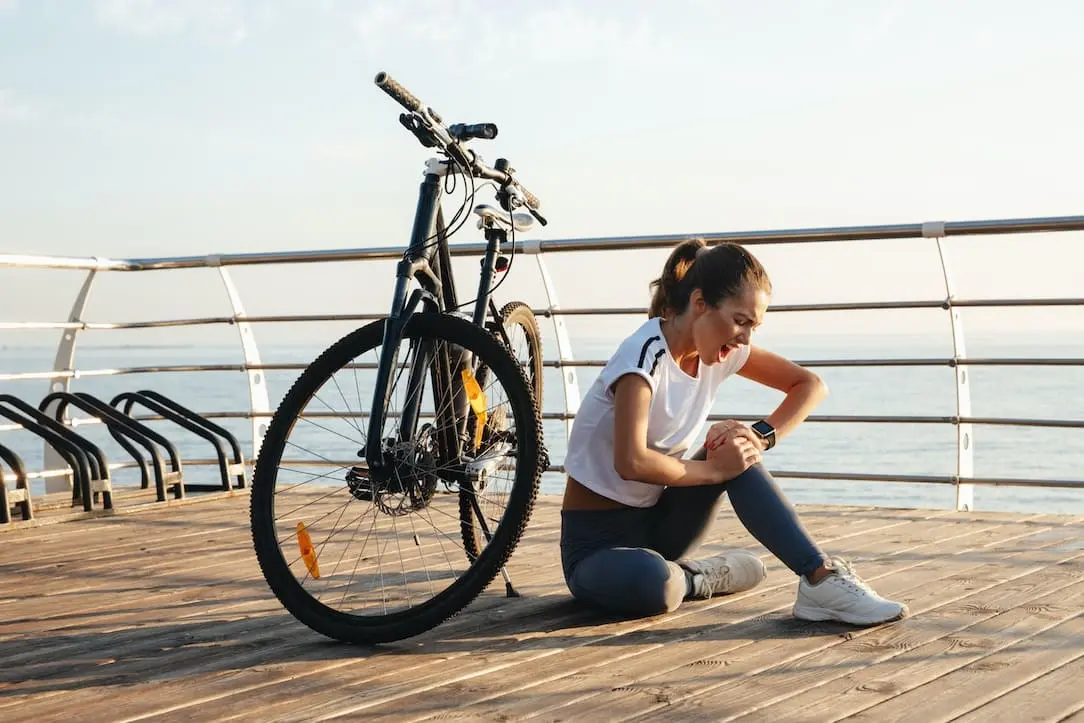
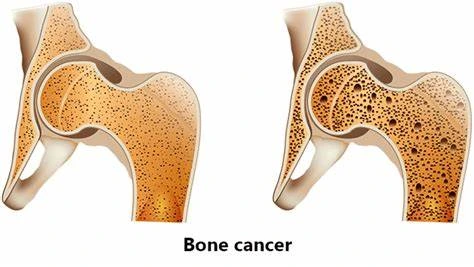
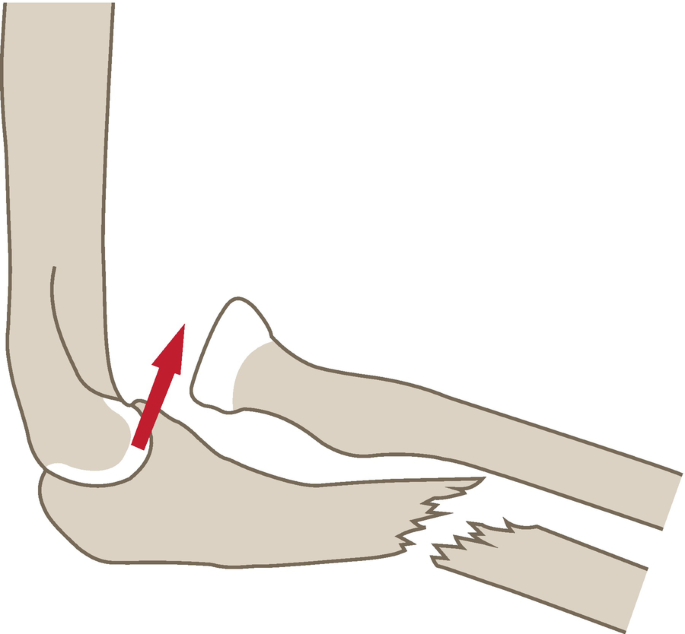
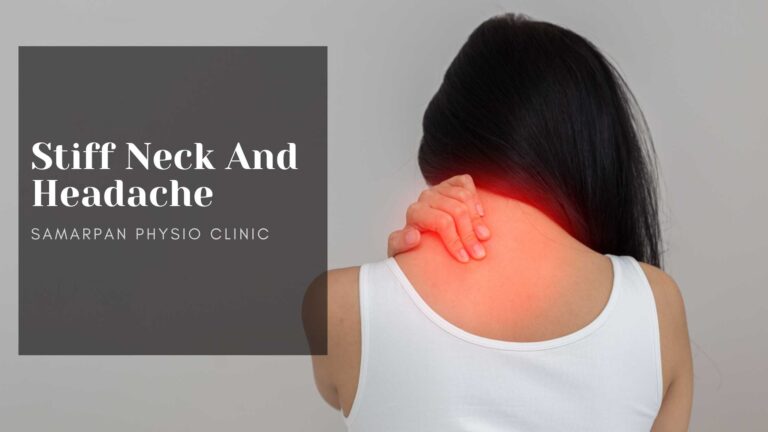
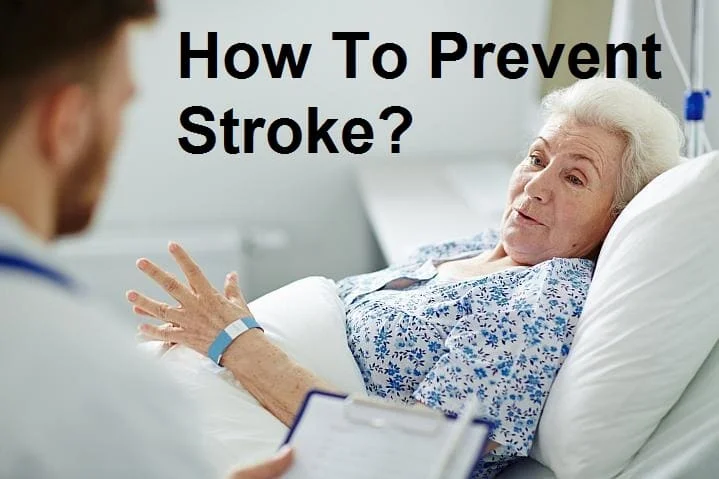

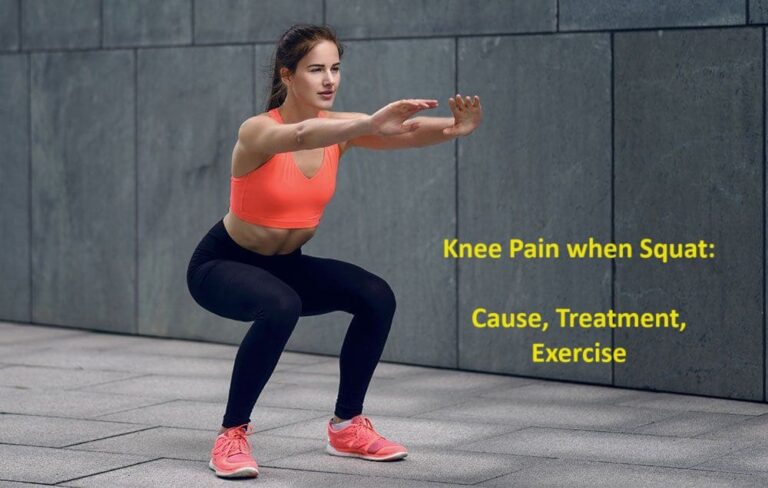
One Comment